Table of Contents
Electric vehicles (EVs) are becoming an increasingly popular choice for drivers across the United States. With advancements in battery technology, expanded charging infrastructure, and growing environmental awareness, more people are considering making the switch from traditional gas-powered cars to EVs. However, buying an electric vehicle is different from purchasing a conventional car, and understanding the key factors can help you make an informed decision.
One of the first things buyers notice when researching electric cars for sale is the wide range of options available. From new high-performance models like the Tesla lineup to pre-owned electric cars, the market offers vehicles for different budgets and driving needs. Many buyers are also interested in used EV cars for sale, as the second-hand market is expanding rapidly with more affordable choices.

Beyond selecting the right model, buyers must consider factors like electric car prices, charging options, and available incentives. Whether you’re looking to buy a Tesla, invest in the latest Tesla Cybertruck, or explore other EV brands, knowing what to expect can help you navigate the purchasing process with confidence.
This guide will walk you through everything you need to know before purchasing an EV in the U.S., from understanding costs and charging requirements to evaluating long-term savings. Whether you’re buying a new or pre-owned electric car, this article will help you make a smart and informed decision.
Understanding EV Costs and Incentives
One of the biggest considerations when purchasing an electric vehicle is cost. While EVs often have a higher upfront price than gas-powered cars, they come with significant long-term savings on fuel, maintenance, and incentives. Understanding these financial factors can help buyers determine if an EV is the right investment.
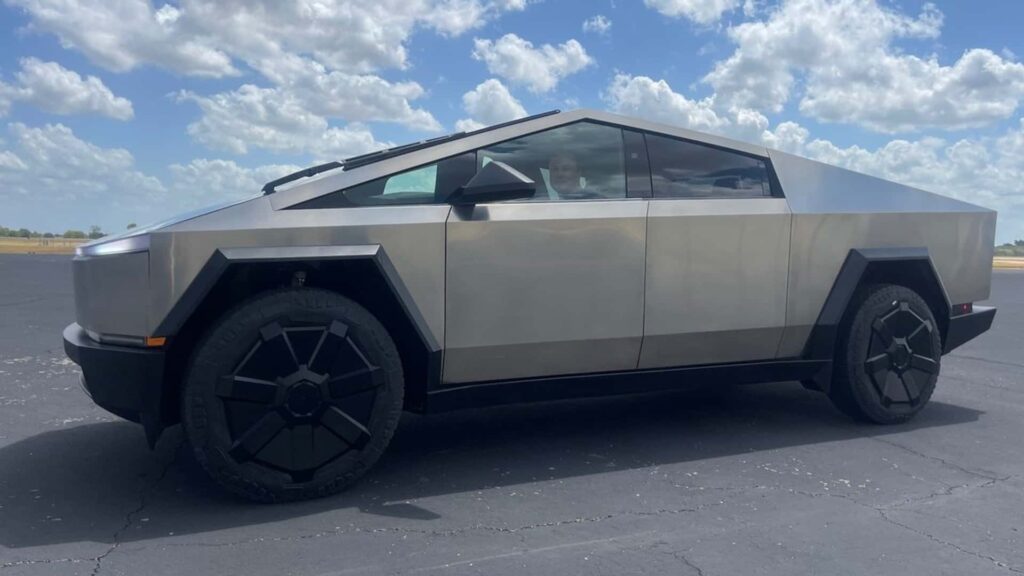
Upfront Costs vs. Long-Term Savings
When browsing electric cars for sale, buyers may notice that the initial price of an EV is generally higher than a comparable gasoline vehicle. However, this gap is narrowing as battery technology advances and more manufacturers enter the market.
- New EV Prices: Entry-level electric cars typically start around $25,000 to $40,000, while luxury models like Tesla can exceed $60,000. Popular choices include the Tesla Model 3, Nissan Leaf, and Ford Mustang Mach-E.
- Used EV Cars for Sale: Buying pre-owned electric cars can be a more affordable way to switch to electric. Many used EVs are available for $15,000 to $30,000, depending on the model, age, and battery condition.
- Buy Tesla or Other Brands? Tesla dominates the EV market, and models like the Tesla Cybertruck are generating buzz. However, there are growing options from other automakers, including Rivian, Ford, and Hyundai, providing competitive pricing and features.
Long-Term Cost Benefits
While electric car prices may seem high initially, EV owners save significantly over time due to:
- Lower Fuel Costs: Charging an EV costs much less than filling up a gas tank, especially for those who charge at home.
- Reduced Maintenance: EVs have fewer moving parts, no oil changes, and lower overall repair costs.
- Tax Incentives & Rebates: Federal and state tax credits can reduce the purchase price by thousands of dollars.
Federal EV Tax Credit: How It Lowers Costs
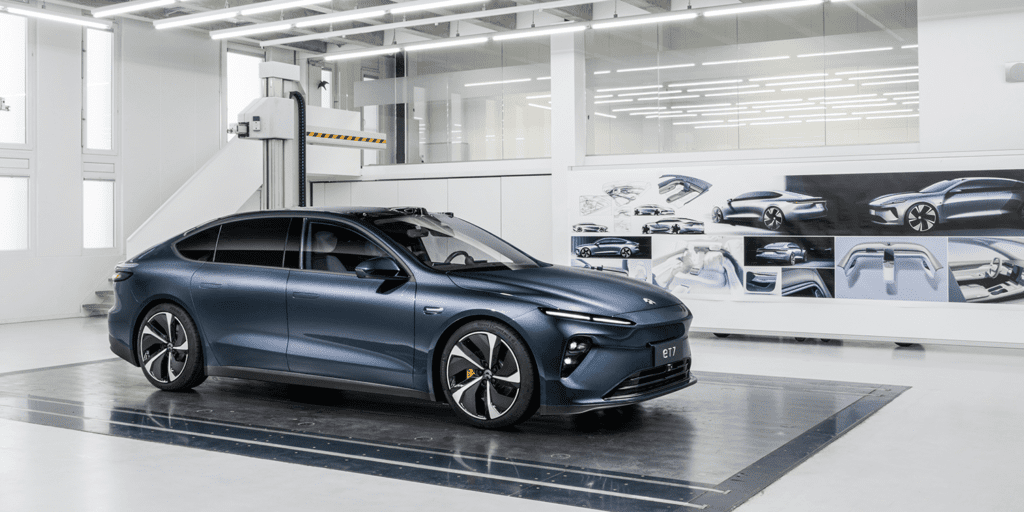
One of the biggest financial advantages of buying an EV is the federal EV tax credit, which can reduce the cost of a new electric vehicle by up to $7,500. However, not all EVs qualify, and eligibility depends on factors like:
- The vehicle’s battery sourcing and assembly location.
- The buyer’s income (income caps apply for eligibility).
- Whether the credit is applied at the point of sale (starting in 2024).
To maximize savings, buyers should check the IRS website for an updated list of eligible vehicles before making a purchase.
State and Local Incentives
In addition to the federal tax credit, many states offer EV incentives, which can include:
- Additional tax credits and rebates (ranging from $1,000 to $5,000, depending on the state).
- Utility company discounts on home charging installation.
- Carpool lane access and registration fee discounts for EV owners in certain states.
Checking state and local government programs can help buyers save even more on their EV purchase.
Total Cost of Ownership: Are EVs Cheaper in the Long Run?
When factoring in fuel savings, lower maintenance costs, and incentives, EVs often end up being more affordable than gas-powered cars over their lifetime. Buyers should compare not just the electric car prices at purchase but also the overall cost of ownership to understand the true value of an EV.
Whether you’re looking at new electric cars for sale, considering used EV cars for sale, or planning to buy a Tesla Cybertruck, researching costs and incentives can help you make an informed and cost-effective decision.
Charging Infrastructure and Home Charging Setup
One of the most important factors to consider before buying an electric vehicle is charging. Unlike gas-powered cars that can refuel in minutes at any gas station, EVs require access to charging infrastructure—either at home or through public stations. Understanding how and where to charge an EV is essential for a smooth ownership experience.
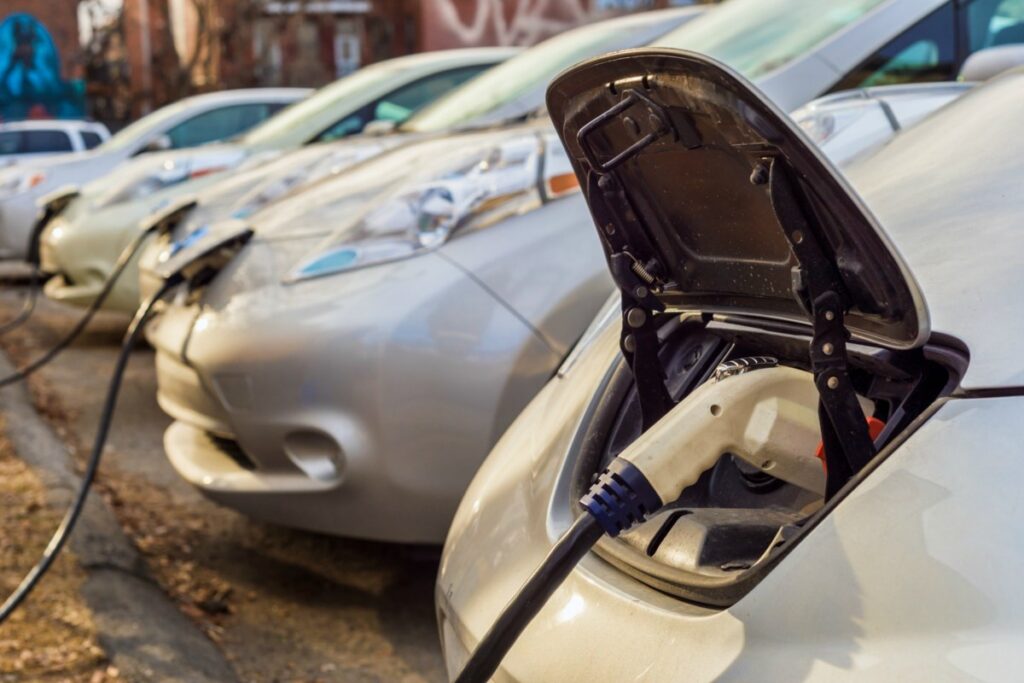
Home Charging: The Most Convenient Option
For most EV owners, charging at home is the most convenient and cost-effective option. There are two main types of home charging:
Level 1 Charging (Standard Household Outlet)
- Uses a regular 120V outlet (the same as household appliances).
- Adds 2-5 miles of range per hour, making it suitable for overnight charging but slow for frequent long trips.
- Ideal for drivers with low daily mileage or those with a plug-in hybrid EV (PHEV).
Level 2 Charging (Faster Home Charging)
- Uses a 240V outlet, like those used for large appliances (e.g., dryers).
- Adds 20-50 miles of range per hour, allowing most EVs to fully charge overnight.
- Requires installation of a home charging station, which costs $500 to $1,500, plus installation fees.
- Many utility companies offer rebates or incentives to reduce installation costs.
If you plan to buy a Tesla or any other long-range EV, investing in a Level 2 home charger is highly recommended for daily convenience.
Public Charging Networks: What You Need to Know
Not all EV owners have access to home charging, especially apartment dwellers. Fortunately, public charging stations are expanding across the U.S. Some key considerations include:
Types of Public Chargers
- Level 2 Chargers – Common at shopping centers, workplaces, and parking garages. Charging time varies but usually takes a few hours.
- DC Fast Chargers (Level 3 Charging) – Found along highways and in urban areas, providing rapid charging (80% charge in 30-45 minutes). Essential for long-distance travel.
Major Charging Networks
EV owners can access various charging networks, including:
- Tesla Supercharger Network – Exclusive to Tesla vehicles but expanding to other EVs. Best for Tesla buyers, including those looking to buy a Tesla Cybertruck.
- Electrify America – One of the largest networks, supporting a wide range of EV brands.
- ChargePoint & EVgo – Popular networks with locations in urban areas and along major highways.
Charging costs vary—some networks offer free charging at select locations, while others charge per kWh or per minute.
Workplace and Community Charging
For EV owners without home charging access, workplace and community charging can be a great alternative:
- Workplace Charging – Many employers provide free or discounted charging for employees.
- Apartment & Condo Charging – More residential buildings are adding EV charging stations, though availability varies.
Before purchasing an EV, potential buyers should check if they have access to home, workplace, or nearby public charging to ensure convenience.
Planning for Long-Distance Travel
Range anxiety—fear of running out of battery before reaching a charger—is one of the main concerns for new EV buyers. However, planning can help eliminate this worry:
- Use Charging Apps – Apps like PlugShare, ChargePoint, and Tesla’s built-in navigation help locate nearby chargers.
- Plan Charging Stops – For road trips, identifying fast chargers along the route ensures smooth travel.
If you’re browsing electric cars for sale or considering used EV cars for sale, make sure to evaluate your charging options before making a decision. Whether charging at home or relying on public stations, knowing where and how to charge is key to hassle-free EV ownership.
EV Range and Battery Life
One of the biggest concerns for prospective EV buyers is range—how far an electric vehicle can travel on a full charge. Unlike gas-powered cars, which can be refueled in minutes, EVs rely on battery power, making range and battery health critical factors when choosing a vehicle. Understanding range, battery longevity, and factors affecting performance will help you make an informed decision before purchasing a new or pre-owned electric car.

How to Choose the Right EV Range for Your Needs
When browsing electric cars for sale, you’ll notice that EV range varies significantly by model. Some budget-friendly EVs offer 150-250 miles per charge, while premium models like the Tesla Model S exceed 400 miles per charge. Before making a purchase, consider:
- Your Daily Commute: If you drive 30-50 miles per day, a car with a 250-mile range should be more than sufficient for most needs.
- Long-Distance Travel: If you frequently take road trips, a higher-range EV (300+ miles) may be more convenient. The Tesla Cybertruck, for example, is expected to offer up to 500 miles of range on higher-end models.
- Access to Charging: If you have reliable home or workplace charging, an EV with a lower range can still be practical.
When looking at used EV cars for sale, it’s also important to check how the battery has held up over time, as battery health can impact range.
What Affects EV Range?
Several factors influence how far an EV can travel before needing a recharge:
- Driving Speed & Style: Aggressive acceleration and high-speed driving drain the battery faster.
- Weather Conditions: Extreme cold and heat reduce battery efficiency, impacting range.
- Terrain: Driving uphill or in mountainous areas consumes more energy than driving on flat roads.
- Battery Age & Condition: Over time, battery capacity slightly decreases, reducing the total available range.
Manufacturers design EVs with battery management systems to slow degradation, but factors like frequent fast charging and extreme temperatures can accelerate wear.
Battery Longevity and Degradation
EV batteries are built to last, with most manufacturers offering warranties covering 8 years or 100,000 miles (whichever comes first). However, batteries degrade gradually over time, typically losing about 1-2% of capacity per year under normal use.
How to Extend EV Battery Life
To keep your EV battery in top condition:
- Avoid frequent fast charging – While convenient, DC fast charging generates heat, which can accelerate battery wear over time.
- Keep charge levels between 20-80% – Regularly charging to 100% or letting the battery drop to 0% can shorten its lifespan.
- Store your EV in moderate temperatures – Extreme heat and cold impact battery performance and long-term health.
If you’re considering pre-owned electric cars, checking battery health reports can give insight into the vehicle’s condition before purchasing.
Weather Impact on EV Performance
Cold weather can reduce EV range by 10-40%, depending on the temperature and driving conditions. This happens because:
- The battery operates less efficiently in cold conditions.
- Cabin heating relies on battery power, further reducing range.
EVs with heat pumps (such as newer Tesla models and Hyundai Ioniq 5) are more efficient in cold climates, helping preserve range in winter.
Future of EV Battery Technology
Battery technology is rapidly advancing, with innovations that will improve range and longevity. Some trends include:
- Solid-state batteries – Expected to offer higher energy density and longer lifespan.
- Faster charging technology – Reducing charge times to 10-15 minutes for a full battery.
- Improved cold-weather performance – Newer battery chemistries are better suited for extreme temperatures.
Choosing the Right EV for Your Lifestyle
Whether you’re looking to buy a Tesla, browse used EV cars for sale, or invest in a cutting-edge model like the Tesla Cybertruck, understanding range and battery life is key to a satisfying ownership experience. By choosing an EV with the right range for your needs and maintaining the battery properly, you can enjoy years of efficient, eco-friendly driving.
EV Models and Features: Finding the Right Fit
With the growing popularity of electric vehicles, there are now more options than ever when searching for electric cars for sale. Whether you’re looking for a budget-friendly commuter EV, a performance-focused model like a Tesla, or a rugged vehicle like the Tesla Cybertruck, choosing the right EV requires considering battery range, technology, performance, and available features.
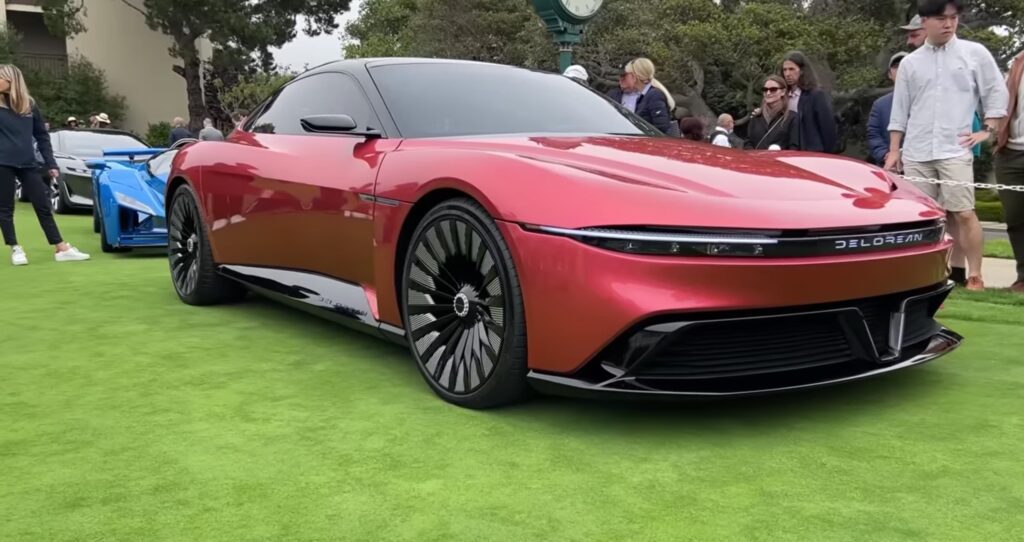
Types of EVs: BEVs vs. PHEVs
Before buying an electric vehicle, it’s important to understand the different types of EVs available:
- Battery Electric Vehicles (BEVs): Fully electric vehicles that run exclusively on battery power with zero emissions. Examples include the Tesla Model 3, Ford Mustang Mach-E, and Nissan Leaf.
- Plug-in Hybrid Electric Vehicles (PHEVs): These cars have both a battery-powered electric motor and a gasoline engine. They can run on electricity for a limited range (usually 20-50 miles) before switching to gas. Examples include the Toyota Prius Prime and Chrysler Pacifica Hybrid.
If you have access to home charging and want to eliminate gas completely, a BEV is the best option. If you frequently take long trips and don’t have reliable access to charging, a PHEV might be a more flexible choice.
Performance and Driving Experience
Electric vehicles offer a unique driving experience compared to traditional gasoline cars. Some key differences include:
- Instant Torque and Acceleration: EVs provide nearly instant power, making them feel quicker than similar gas-powered cars. Even entry-level models like the Chevy Bolt can accelerate quickly from a stop.
- Quieter Ride: EVs operate with significantly less noise since they don’t have an internal combustion engine. This creates a smoother, quieter driving experience.
- Lower Center of Gravity: Because EV batteries are typically placed under the floor, they have better weight distribution, improving handling and stability.
For those looking for high-performance options, Tesla offers some of the fastest EVs available. The Tesla Model S Plaid boasts 0-60 mph in under 2 seconds, and the upcoming Tesla Cybertruck promises impressive off-road capabilities with high torque and rugged durability.
Technology and Software Features
Electric vehicles are often packed with advanced technology, especially when compared to traditional gas-powered cars. Some key features to look for when browsing new and pre-owned electric cars include:
- Over-the-Air (OTA) Updates: Many modern EVs, especially Tesla models, receive software updates remotely, adding new features and improving performance over time.
- Advanced Driver Assistance Systems (ADAS): Many EVs include features like adaptive cruise control, lane-keeping assist, and automatic emergency braking. Tesla’s Autopilot and Full Self-Driving (FSD) features are among the most advanced.
- Infotainment and Connectivity: Large touchscreens, smartphone integration, and voice control are standard in most new EVs. Models like the Tesla Model Y feature a minimalist interior with a single touchscreen for all controls.
Cargo Space and Interior Design
Because EVs lack a traditional engine, many models offer additional front trunk (“frunk”) storage, maximizing cargo space. This is especially useful for travelers and families looking for more practicality in their vehicle.
- Tesla Cybertruck and Rivian R1T are designed for adventure, offering large cargo areas, lockable storage compartments, and durable interiors for rugged use.
- Crossover EVs like the Hyundai Ioniq 5 and Kia EV6 balance space and efficiency, making them excellent choices for small families.
Which EV Is Right for You?
If you’re considering buying electric cars, ask yourself:
- Do you need long range for road trips, or will you mostly drive in the city?
- Do you prefer high-tech features and performance, or are you looking for a budget-friendly EV?
- Will you have access to home charging, or will you rely on public charging stations?
If you’re specifically looking to buy a Tesla, models like the Model 3 and Model Y offer strong performance, advanced features, and access to Tesla’s Supercharger network. If you’re considering used EV cars for sale, be sure to check the battery health and warranty status before making a purchase.
Buying New vs. Used EVs: What’s the Best Choice?
When searching for electric cars for sale, one of the biggest decisions buyers face is whether to purchase a new or used electric vehicle (EV). While new EVs come with the latest technology and warranties, used EV cars for sale can offer significant cost savings. Understanding the pros and cons of each option will help you make an informed decision.
Benefits of Buying a New EV
Purchasing a new electric vehicle offers several advantages, including:
1. Latest Technology and Features
- New EVs come with updated battery technology, longer range, and improved efficiency.
- Advanced driver-assistance features, such as Tesla’s Autopilot, Rivian’s driver+ system, and Ford’s BlueCruise, are typically available only in the latest models.
- Many new EVs receive over-the-air (OTA) software updates, improving functionality over time.
2. Full Battery Life and Warranty Protection
- A brand-new EV ensures maximum battery capacity and range, with no prior wear or degradation.
- Most manufacturers offer 8-year or 100,000-mile battery warranties, protecting against major battery failures.
- If you plan to buy a Tesla Cybertruck, a new model ensures you get the full battery warranty and Tesla’s latest improvements.
3. Eligibility for EV Tax Credits and Incentives
- New EVs often qualify for federal EV tax credits, reducing the purchase price by up to $7,500, depending on the model and buyer eligibility.
- Many states also provide rebates, tax credits, and free charging incentives for new EV buyers.
- Some manufacturers, like Tesla and GM, have phased out tax credits for certain models, so checking eligibility is crucial.
4. Customization and Choice
- When buying new, you can choose the color, trim level, and features you want.
- New models may include exclusive trims and configurations unavailable in the used market.
Drawbacks of Buying a New EV
While buying a new EV has its benefits, there are also some downsides:
- Higher upfront cost: New EVs are more expensive than used ones, even after incentives.
- Depreciation: Like gas-powered cars, EVs experience depreciation, with most losing 30-50% of their value within the first five years.
- Availability and wait times: Some high-demand models, like the Tesla Model Y and Cybertruck, have long waitlists.
Advantages of Buying a Used EV
Buying a pre-owned electric car can be a great way to go electric without breaking the bank. Some key benefits include:
1. Lower Purchase Price
- Used EVs often cost 30-50% less than their new counterparts.
- Older models like the Nissan Leaf, Chevy Bolt, and Tesla Model S are available at significant discounts.
- Depreciation has already occurred, meaning the vehicle holds its value better over time.
2. Potential for Additional Savings
- Some state and local incentives apply to used EVs, though they may be smaller than new car incentives.
- Insurance rates for used EVs are often lower than for new models.
3. Immediate Availability
- Unlike some new EVs that have long waitlists, used EVs are available for immediate purchase.
- Many dealerships and online platforms offer certified pre-owned (CPO) programs, ensuring quality and reliability.
Challenges of Buying a Used EV
While buying used EV cars for sale can save money, there are a few challenges to consider:
1. Battery Health and Range Degradation
- EV batteries degrade over time, meaning an older EV may have less range than when it was new.
- Battery replacements are expensive, costing between $5,000 and $15,000, depending on the model.
- Before purchasing a used EV, check the battery health report or request a professional inspection.
2. Limited or Expired Warranty
- Many used EVs may be outside their original battery and drivetrain warranty.
- Some manufacturers, like Tesla, offer extended warranties for certified pre-owned vehicles.
3. Missing Tax Credits
- The federal EV tax credit applies only to new purchases, though some states offer incentives for used EV buyers.
- Buyers should check if any state or utility rebates are available for used EVs.
Where to Buy a Used EV
If you’re considering pre-owned electric cars, there are several places to look:
- Certified Pre-Owned (CPO) Programs: Offered by automakers like Tesla, Nissan, and Chevrolet, CPO EVs come with extended warranties and thorough inspections.
- Online Marketplaces: Websites like Carvana, Autotrader, and EV-focused platforms like Recurrent Auto provide a wide selection of used EVs.
- Private Sellers: Buying from a private owner can save money, but it’s crucial to verify the battery condition and vehicle history.
Maintenance and Repairs: What to Expect
One of the biggest advantages of owning an electric vehicle (EV) is its lower maintenance requirements compared to gasoline-powered cars. With fewer moving parts, no need for oil changes, and reduced wear and tear on major components, EVs generally have lower long-term maintenance costs. However, understanding battery lifespan, warranty coverage, and potential repair costs is essential for long-term ownership.
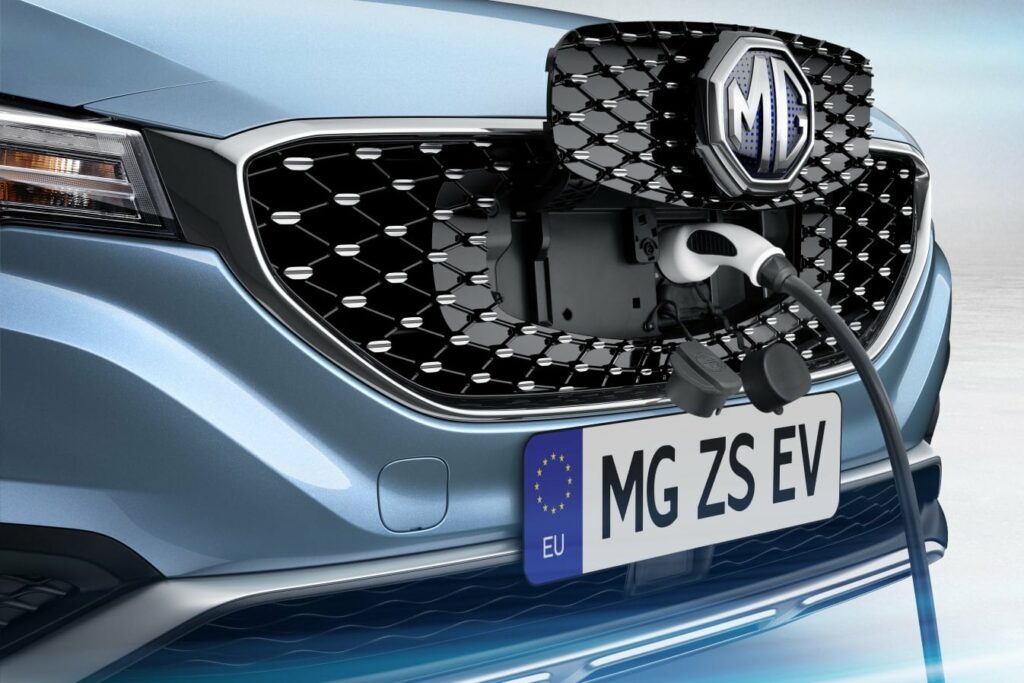
Lower Maintenance Needs: Why EVs Require Less Upkeep
Unlike traditional internal combustion engine (ICE) vehicles, EVs have fewer mechanical components, which translates to fewer parts that can break or wear out. Some of the key areas where EVs require less maintenance include:
- No Oil Changes: EVs don’t have engines that require regular oil changes, saving hundreds of dollars per year in maintenance.
- Fewer Moving Parts: A traditional gas-powered car has hundreds of moving parts in its engine, while an EV’s drivetrain is much simpler, reducing the risk of mechanical failure.
- Regenerative Braking: Many EVs use regenerative braking, which slows the car down while recharging the battery. This reduces wear on traditional brake pads, meaning brakes last much longer than in gas cars.
- No Transmission Fluid or Exhaust System: EVs don’t have multi-speed transmissions, so there’s no need for transmission fluid changes. Additionally, since EVs produce zero emissions, they don’t have exhaust systems, mufflers, or catalytic converters that require maintenance or replacement.
While EVs require less routine maintenance, owners should still schedule regular tire rotations, brake fluid changes, and software updates to keep their vehicles running smoothly.
Battery Replacement and Warranty: What You Need to Know
The most expensive component of an EV is the battery pack, but thanks to advancements in battery technology, most modern EV batteries are designed to last 10-15 years or more under normal driving conditions.
Manufacturer Battery Warranties
Most EV manufacturers provide long-term battery warranties that cover potential defects or excessive capacity loss. Common warranty terms include:
- Tesla: 8 years or 100,000–150,000 miles, depending on the model.
- Ford (Mach-E, F-150 Lightning): 8 years or 100,000 miles.
- Hyundai (Ioniq 5, Kona Electric): 10 years or 100,000 miles.
- Chevrolet (Bolt EV, Blazer EV): 8 years or 100,000 miles.
Most warranties guarantee that the battery will retain at least 70% of its original capacity over the warranty period. If the battery degrades below this threshold, the manufacturer will replace or repair it at no cost.
Battery Replacement Costs
While battery technology is improving, replacement costs remain high if a warranty does not cover it. On average, EV battery replacements cost:
- $5,000 to $7,000 for smaller EVs (Nissan Leaf, Chevy Bolt).
- $10,000 to $20,000 for long-range or luxury EVs (Tesla Model S, Rivian R1T).
However, full battery replacements are rare. Most EV batteries degrade gradually, and many drivers never need a full replacement within the vehicle’s lifespan.
Resale Value and Future Market Trends
Electric vehicles (EVs) are rapidly evolving, and their resale value and long-term market trends are important factors to consider when purchasing an EV. While depreciation has historically been a concern, growing demand, improved battery technology, and expanding charging infrastructure are influencing the resale market. Understanding EV depreciation trends, market growth, and long-term viability can help buyers make informed investment decisions.
Depreciation Trends for EVs: How They Compare to Gas Cars
Vehicle depreciation—the loss of value over time—is a key factor in resale value. Traditionally, EVs depreciated faster than gas-powered cars due to concerns about battery degradation, charging infrastructure, and rapid technological advancements. However, the landscape is changing, and many newer EVs are holding their value better than before.
How EV Depreciation Has Changed
- Early EV models (like the Nissan Leaf and BMW i3) lost 50-60% of their value within three years, mainly due to shorter range and battery concerns.
- Modern EVs, especially long-range models from Tesla, Rivian, and Ford, show lower depreciation rates as battery longevity improves and demand increases.
- According to recent resale data, Tesla models consistently hold their value better than most other EVs due to strong brand loyalty, frequent software updates, and an established charging network.
How EV Depreciation Compares to Gas Vehicles
- While gas-powered cars typically depreciate 40-50% in five years, many EVs now follow similar depreciation patterns.
- Certain high-demand EVs, like the Tesla Model Y and Ford Mustang Mach-E, have better resale value than many gas-powered SUVs.
- Battery warranties and improved charging infrastructure are helping reduce buyer hesitation in the used EV market.
For buyers considering used EV cars for sale, researching depreciation trends can help determine which models offer the best long-term value.
While early EVs faced steep depreciation, the market is shifting as technology improves, demand rises, and infrastructure expands. High-quality EVs with long battery warranties, strong brand recognition, and good range are proving to be solid investments. As the EV market matures, resale values are expected to become more competitive with traditional gas cars, making electric vehicles a smarter long-term purchase than ever before.


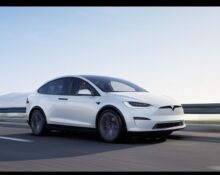
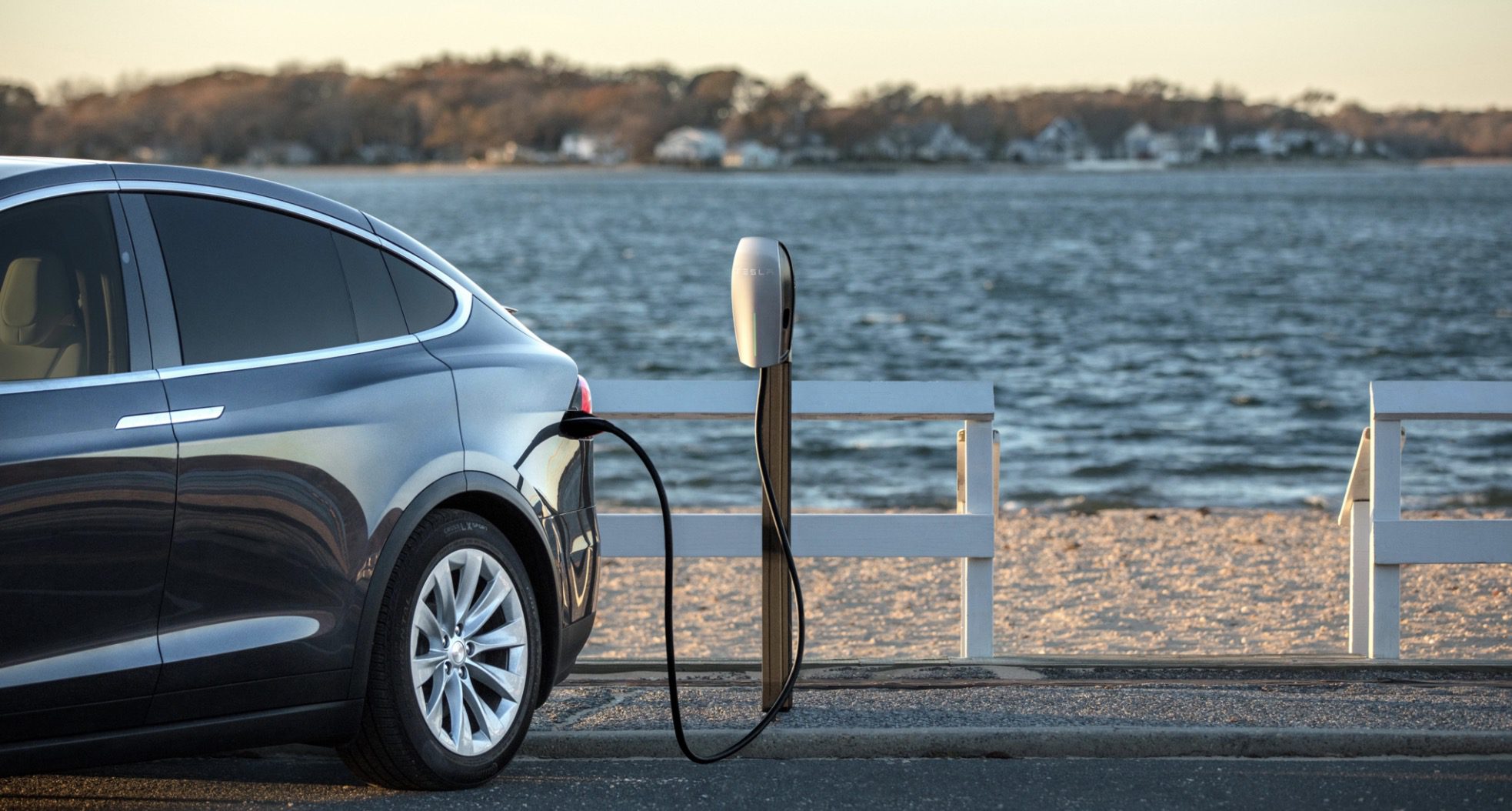
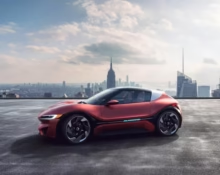

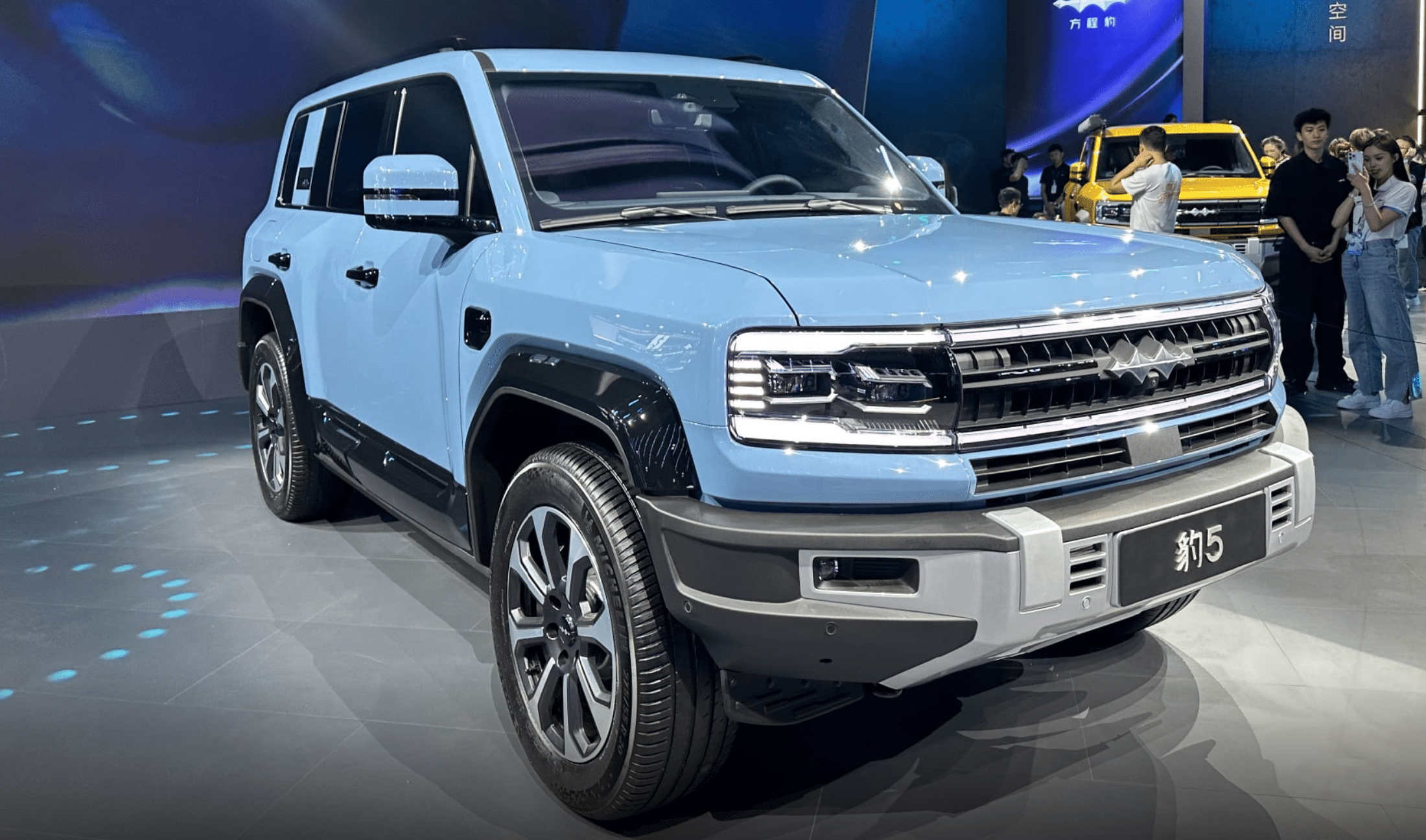
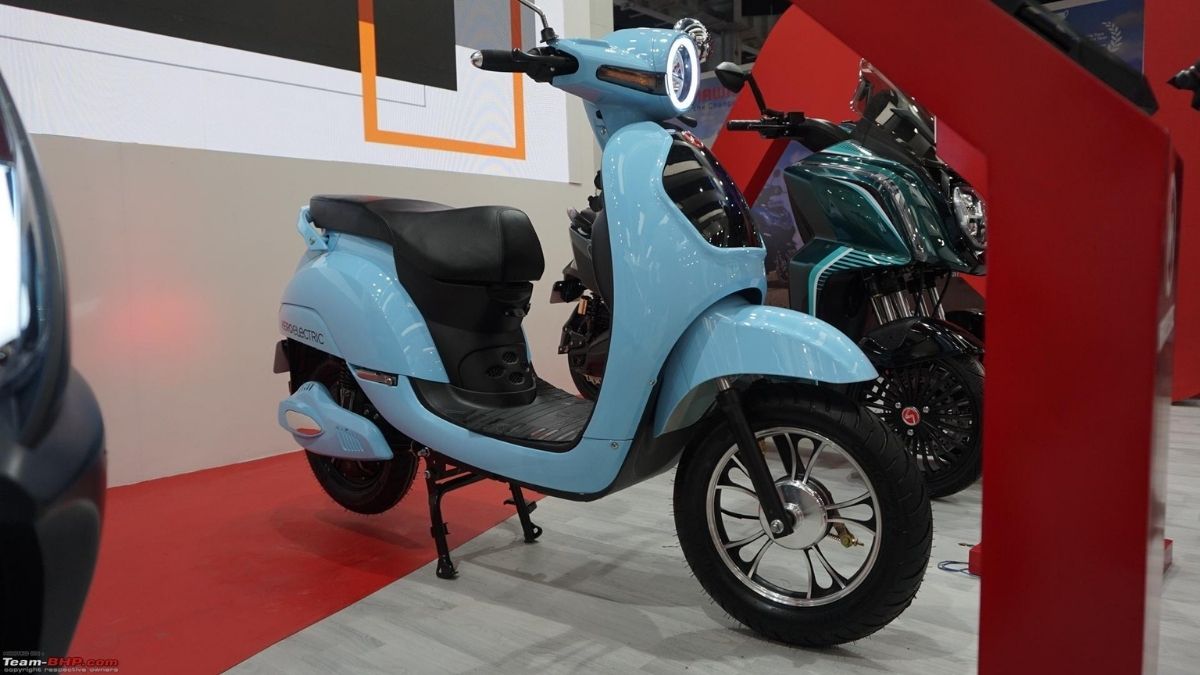


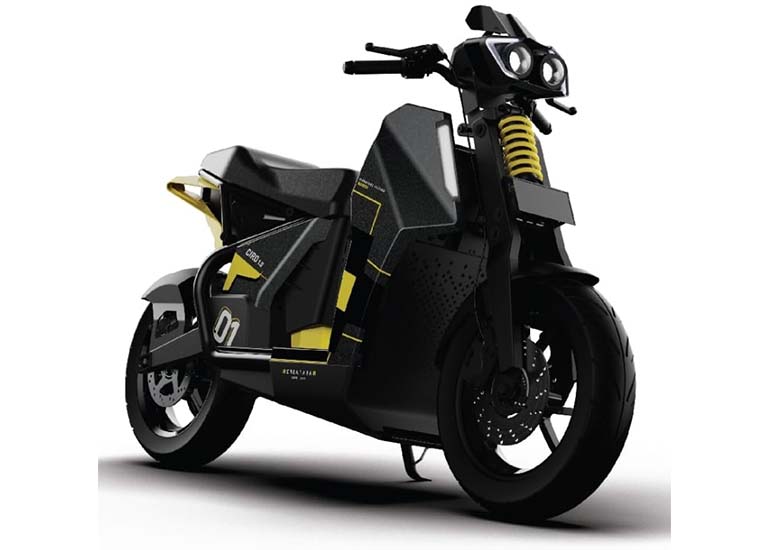
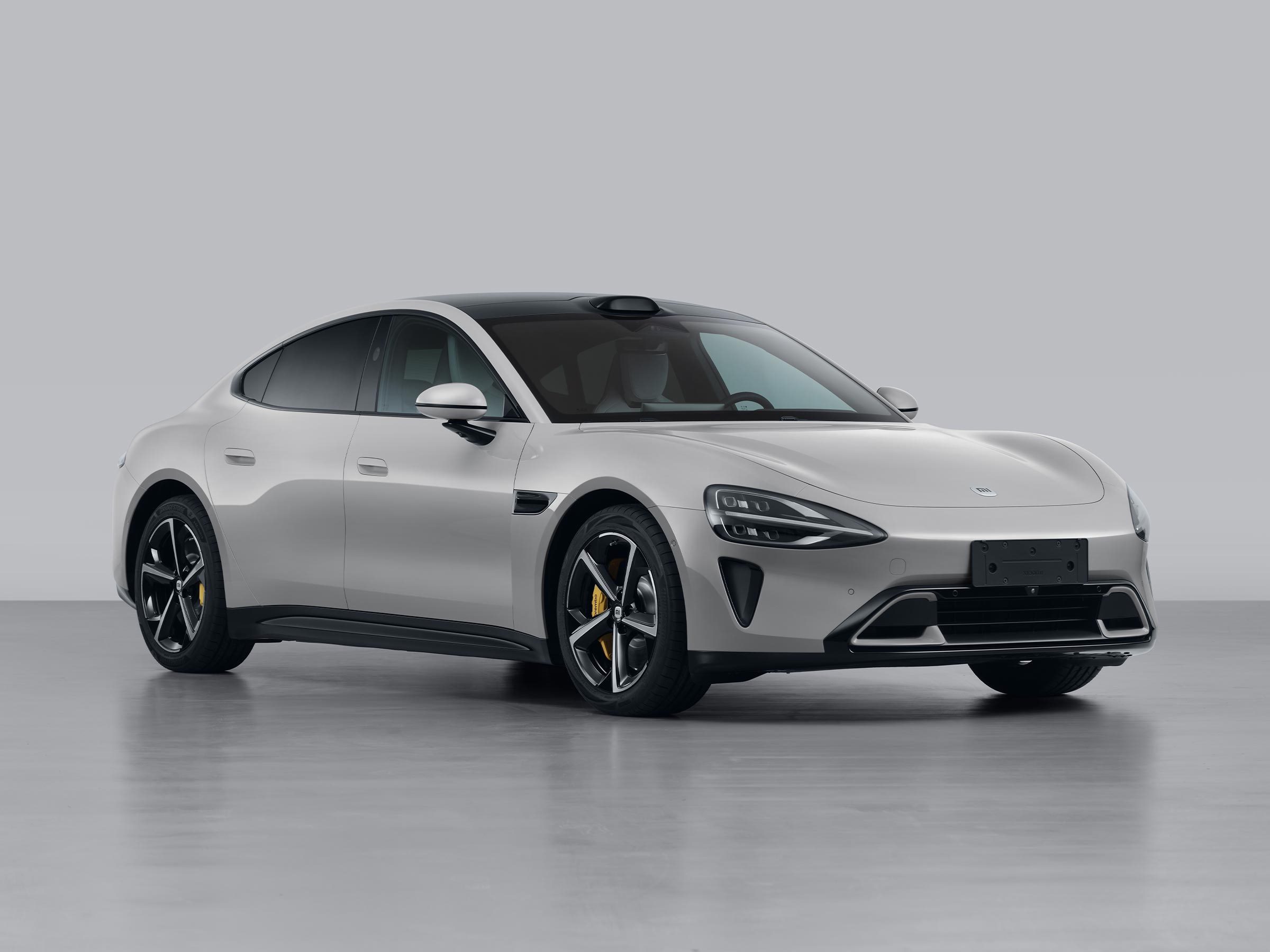

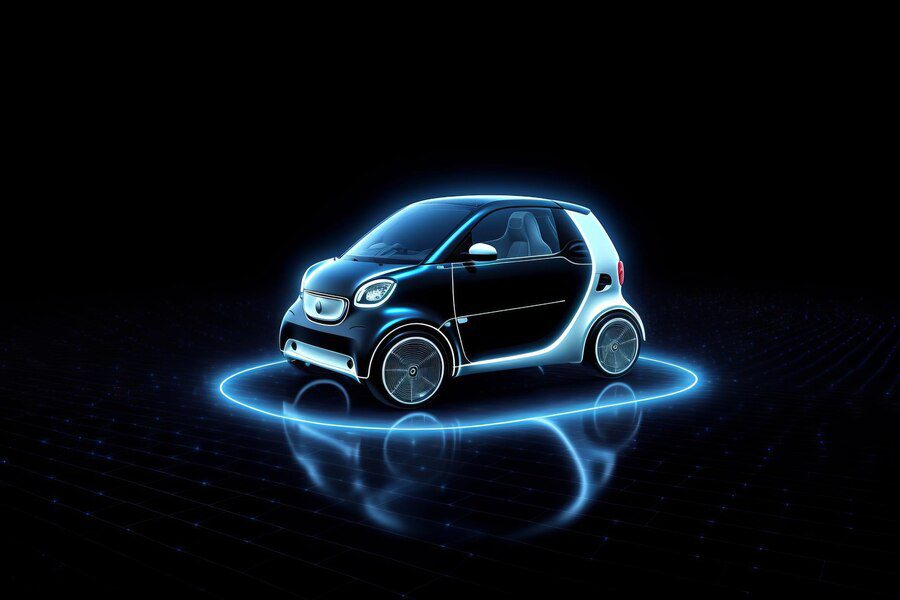
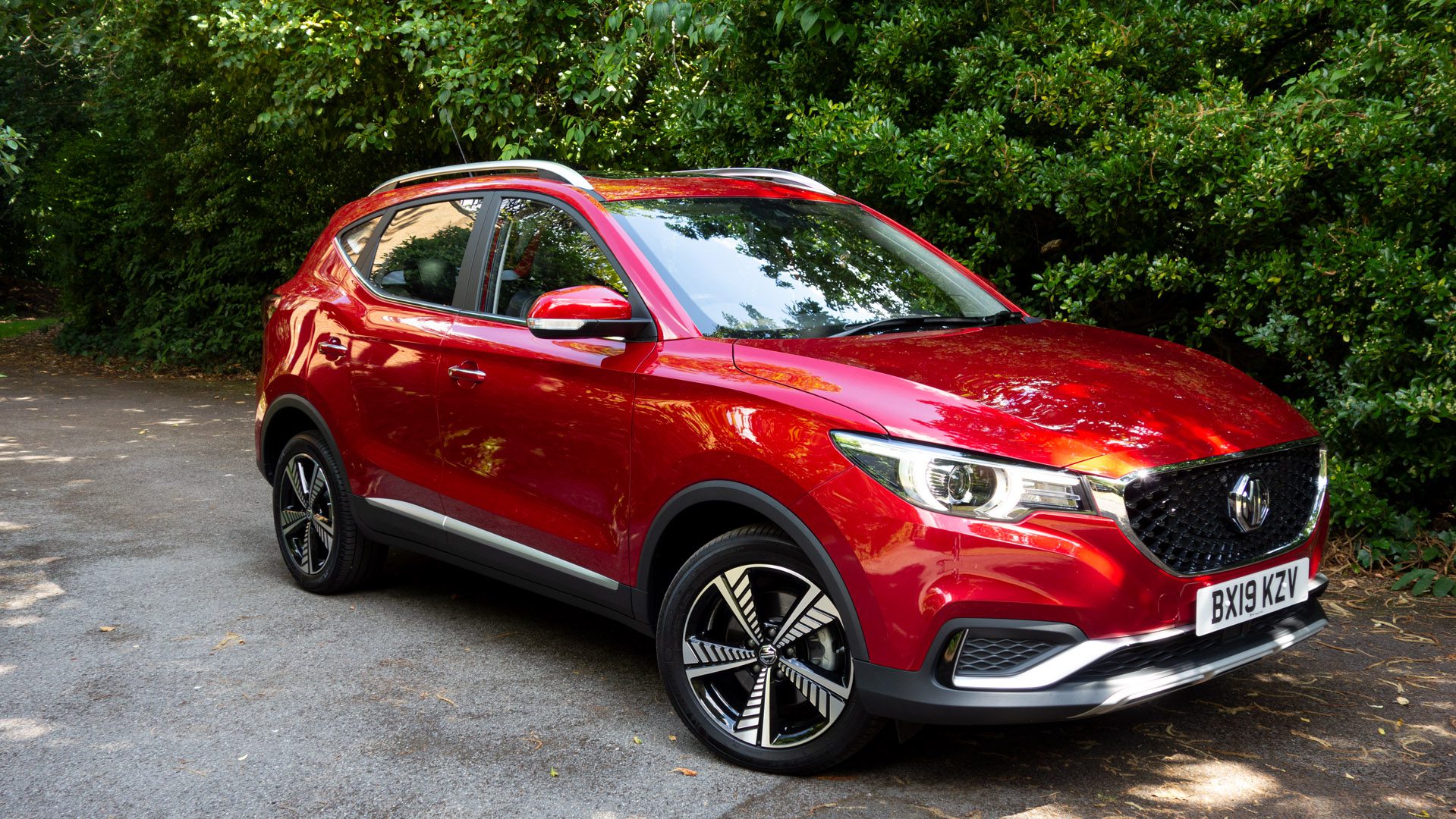
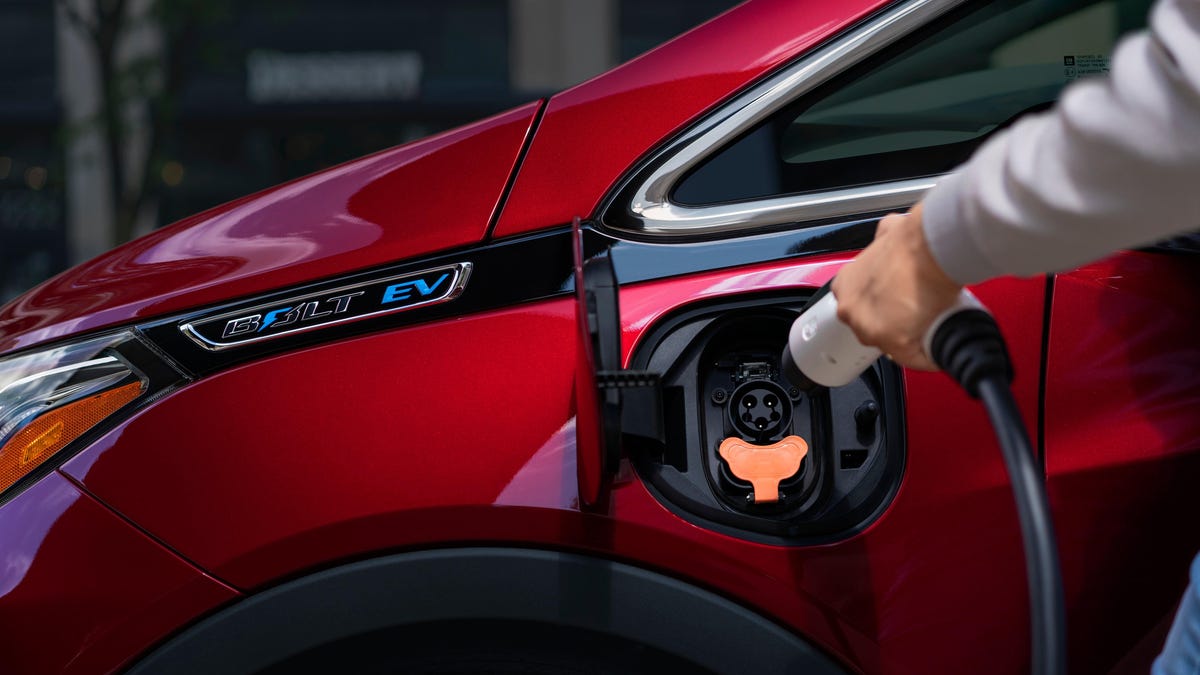
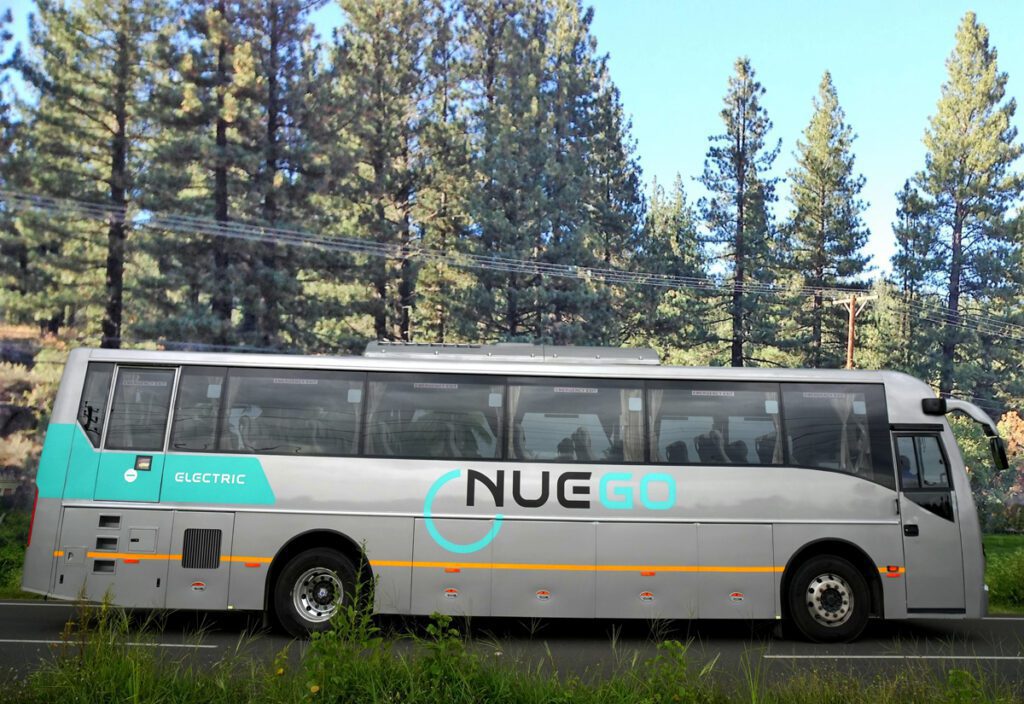



Leave feedback about this